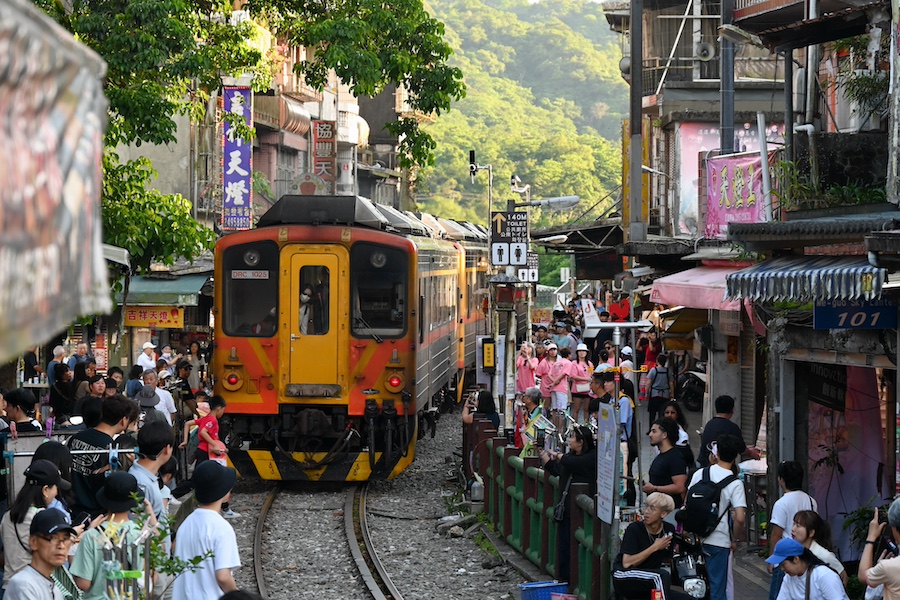
Taiwan Railways suspends Pingxi Line until January 30, 2026; bus replacement between Ruifang–Jingtong
JR East has upgraded its Shinkansen early earthquake detection system, which will be put into use starting March 2024.
Based on the research outcomes from the Railway Technical Research Institute, the process for estimating the earthquake magnitude after detection has been improved. According to the verification by JR East’s Research and Development Center, it is now possible to perform emergency stops more quickly than before.
The Shinkansen early earthquake detection system stops power transmission from seismometers to substations based on observed seismic activity and initiates an emergency stop of the Shinkansen trains. Utilizing both initial tremors and main shock waves, the system aims to enhance early emergency stopping and redundancy. By revising the estimated scale of earthquakes detected by initial tremors and changing the estimation coefficients from constant to variable every second, the system has become capable of approximating the actual scale of earthquakes more closely.
Verification using 13 earthquakes over the past three years, where emergency stops were initiated upon detecting initial tremors, showed that the time required from detection to power shutdown was reduced to an average of 1.3 seconds, as opposed to the current average of 3.9 seconds.